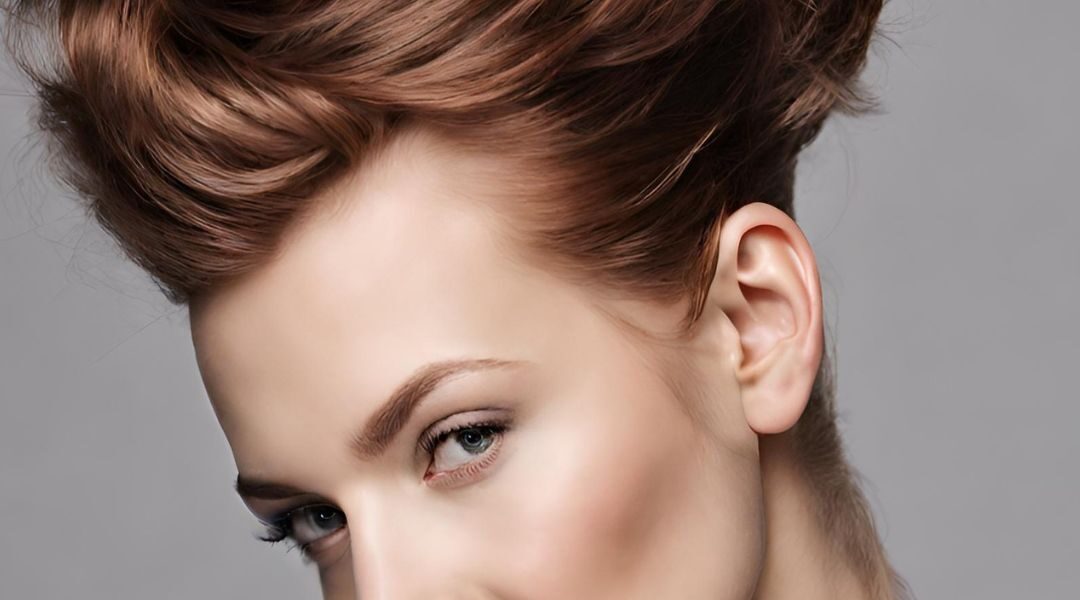
Transforming Tresses: Effective Solutions for Repairing and Nourishing Damaged Hair
Revitalizing Your Locks: Top Tips for Repairing Damaged Hair Are you tired of dealing with dry, brittle, and damaged hair? Do you long for luscious locks that are healthy and full of life? You’re not alone. Many people struggle with damaged hair due to various factors such as heat styling, chemical treatments, and environmental stressors. […]